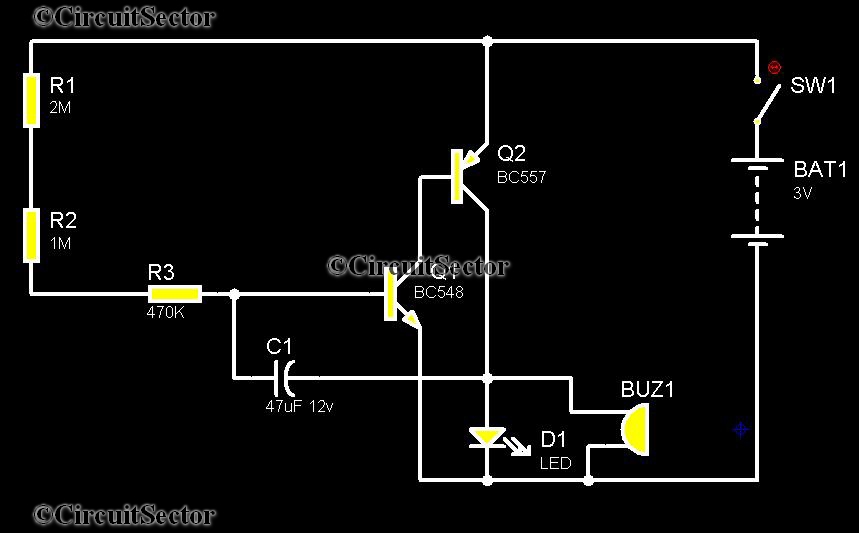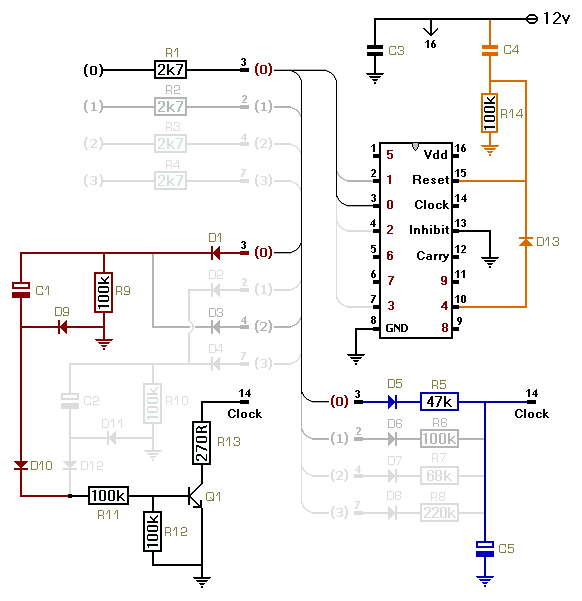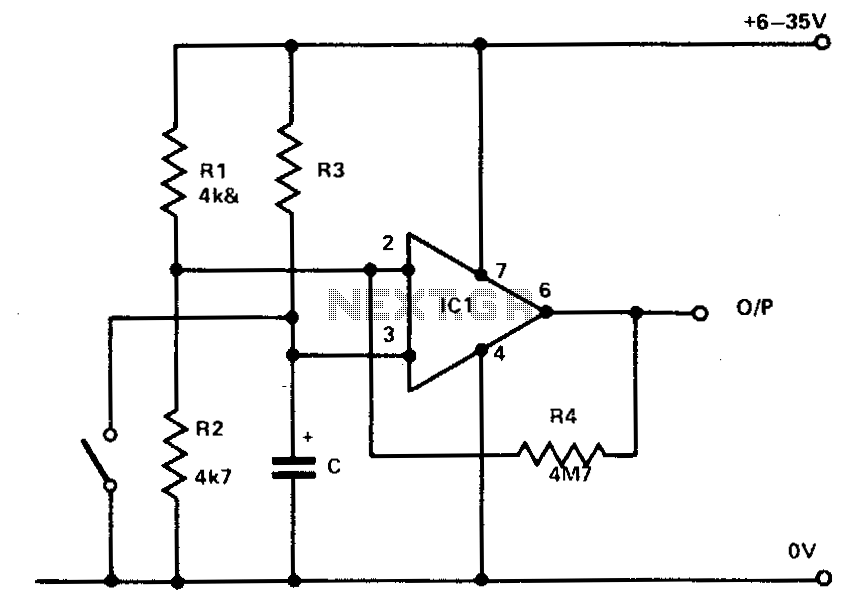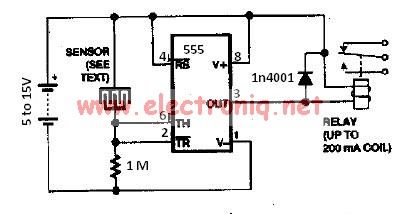
IR Interval Timer for Pentax DSLR Camera

This project aims to build an infrared (IR) interval timer that can be utilized to capture images, such as time-lapse movies of sunrises and night skies.
The IR interval timer circuit is designed to automate the process of taking photographs at specified intervals, making it ideal for capturing gradual changes in the environment, such as the transition from day to night. The core components of this circuit typically include a microcontroller, an infrared emitter and receiver, a relay or transistor for controlling the camera shutter, and a power supply.
The microcontroller serves as the brain of the timer, programmed to execute a series of commands that dictate the timing of the image capture. It can be programmed with various intervals, allowing the user to select how frequently the images are taken. The infrared emitter sends a signal to the receiver, which detects the presence of an object or person in front of the camera, ensuring that the timer only activates when needed.
A relay or transistor is used to interface with the camera's shutter mechanism. This component allows the circuit to control the shutter without requiring a direct connection to the camera, preserving the integrity of the camera's electronics. The power supply must be robust enough to support the entire circuit, ensuring stable operation during extended shooting sessions.
Additional features may include an LCD display for user feedback, allowing for easy adjustments to the timer settings, and buttons for user input. The design can also incorporate a battery backup system to ensure functionality in outdoor environments where power sources are not readily available.
Overall, the IR interval timer project combines various electronic components to create a versatile tool for photographers and videographers, enabling the capture of stunning time-lapse sequences with minimal manual intervention.This project aims to build an IR interval timer which can be used to capture images such as time lapse movies of sunrise or sunrise and the night sky. The.. 🔗 External reference
The IR interval timer circuit is designed to automate the process of taking photographs at specified intervals, making it ideal for capturing gradual changes in the environment, such as the transition from day to night. The core components of this circuit typically include a microcontroller, an infrared emitter and receiver, a relay or transistor for controlling the camera shutter, and a power supply.
The microcontroller serves as the brain of the timer, programmed to execute a series of commands that dictate the timing of the image capture. It can be programmed with various intervals, allowing the user to select how frequently the images are taken. The infrared emitter sends a signal to the receiver, which detects the presence of an object or person in front of the camera, ensuring that the timer only activates when needed.
A relay or transistor is used to interface with the camera's shutter mechanism. This component allows the circuit to control the shutter without requiring a direct connection to the camera, preserving the integrity of the camera's electronics. The power supply must be robust enough to support the entire circuit, ensuring stable operation during extended shooting sessions.
Additional features may include an LCD display for user feedback, allowing for easy adjustments to the timer settings, and buttons for user input. The design can also incorporate a battery backup system to ensure functionality in outdoor environments where power sources are not readily available.
Overall, the IR interval timer project combines various electronic components to create a versatile tool for photographers and videographers, enabling the capture of stunning time-lapse sequences with minimal manual intervention.This project aims to build an IR interval timer which can be used to capture images such as time lapse movies of sunrise or sunrise and the night sky. The.. 🔗 External reference





